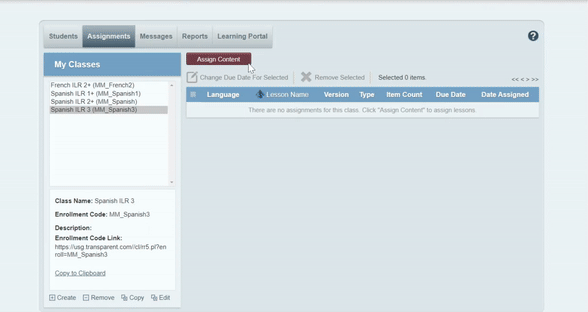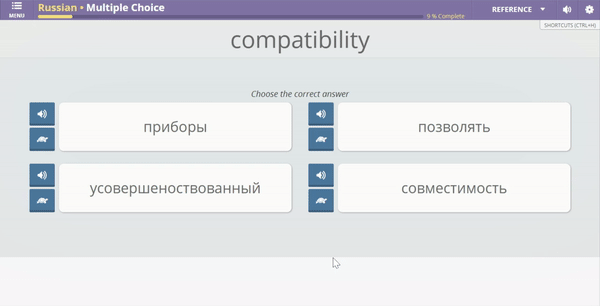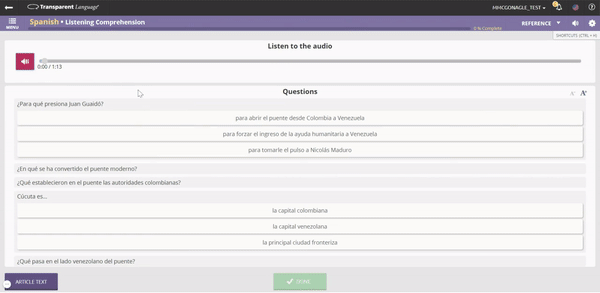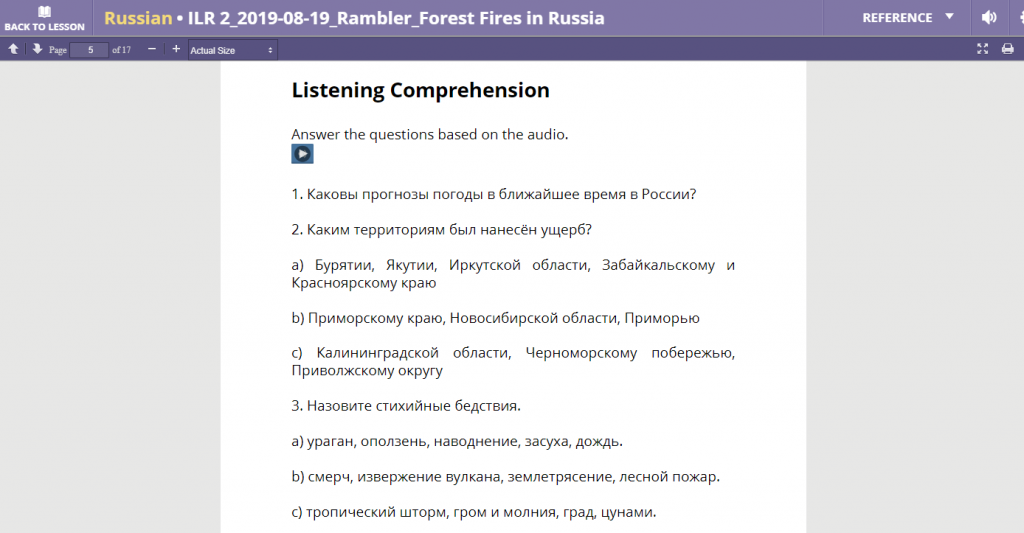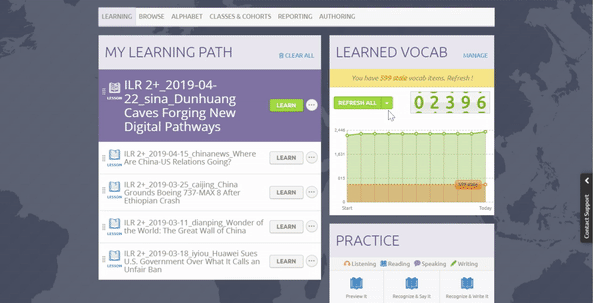CL-150 Cohorts were designed for on-the-job language maintenance. What are they doing in the classroom? Posted by meaghan on Oct 15, 2019 in For Instructors
If you are a USG professional maintaining language proficiency on the job, CL-150 Cohort weekly lesson streams were designed for you. But if you’re a language instructor, Cohort lessons might be right for you, too!
Each CL-150 Cohort lesson is a 2-hour language “workout” at a given ILR level, based on an authentic source covering recent, professionally relevant topics. Five years in, the Cohort team has published more than 7,900 lessons in 36 language and level combinations.
So if CL-150 Cohort lessons were designed for on-the-job maintenance, why are they being incorporated into more and more acquisition courses?
Why instructors and students love Cohort lessons
To understand why instructors love Cohort lessons, we spoke to two language instructors—Christine and Tanya—who use CL-150 Cohorts with their classes of language professionals.
To start, Cohorts make class planning easier: the lessons are continuously published, easily assigned, and tracked within the CL-150. Each week instructors can assign a brand new lesson with just a few clicks and monitor student activity in real time, assured that the material is level-appropriate and current.
Cohort lessons also make learning more exciting and motivating. Both instructors we spoke to emphasized how much their students appreciate that the content is more recent and relevant than a textbook and provides them practical insight into the current language usage and culture of the countries in which they will serve.
As Christine, a Spanish instructor, put it:
“[My students] were very interested because it gave them an insight of the country, not only the politics but also the culture, economy, leisure, etc. With Cohorts they were able to go beyond just the grammar or vocabulary. It gave them a wider panorama of the culture, the people, and country to which they would go. Also, by using original articles from the country, they would learn nuances in the language.”
Tanya, a Russian instructor, echoed this sentiment. After several days of hearing students discuss the upcoming Google Pixel phone before class and in the halls, a Cohort lesson was published on the topic. She was able to assign the lesson to students, who were able to practice Russian on a topic of personal interest, picking up level-appropriate grammar and professionally relevant vocab at the same time.
How instructors use Cohort lessons with students
Assign Cohort lessons as homework
As you might expect, Cohort lessons provide an ideal homework assignment.
Tanya assigns her students one lesson before each class, pulling from the recent archive of Russian ILR 2 lessons. Because her students are preparing to take the DLPT, she asks them to focus on the vocabulary and the reading and listening comprehension activities. Each class begins with a discussion about the lesson topic, where students summarize out loud what they learned and ask questions.
Cohort lesson authors are themselves experienced instructors and curriculum developers who understand how to make all activities level appropriate along with the source text. This makes it easy to segue into the rest of class, during which students may dive into a level appropriate grammar pattern seen throughout the lesson, for example.
Christine also assigns lessons as homework—but she puts a spin on it. She asks each student to pick a different Cohort lesson out of the recent archive to complete as homework. Then, each student presents his or her lesson topic in front of the class, letting the students become the teacher. This encourages students to take ownership of their learning, with the added benefit of getting them out of their seats during long, six-hour classes.
Complete Cohort lessons during class
While it’s quick and easy to assign Cohort lessons as homework, each lesson is designed to take about two hours to complete, so there’s plenty of material to use during class as well. Better still, Cohort lessons reliably follow the same activity flow every week, so lesson plans can be developed around them as a framework.
Tanya turns Russian Cohort lessons into interactive classroom activities with the help of a SMART Board. First, she opens the lesson text on the board and asks a student to read it out loud. Then other students will summarize it. The class completes the vocabulary, grammar, and comprehension activities together, with students going up to the SMART Board to complete games like matching and fill-in-the-blank. If the class is big enough, students are divided into teams and compete head-to-head during these activities.
Interestingly, Tanya noticed that after class, some students would print the Cohort lesson PDF and finish the remaining activities, such as listening comprehension activities, at home for extra practice.
“My students were motivated to do the Cohort lessons, and they saw the results. At the beginning of the course, many students were struggling with listening comprehension. All of my students ended up passing the DLPT with the required 2/2, but the two students who did extra work with the Cohorts both scored a 2+ in listening.”
Seamless transition to on-the-job sustainment
Perhaps the most overlooked benefit of using Cohorts during acquisition or enhancement classes is the seamless transition to on-the-job sustainment.
The moment a student finishes a course, they should enter “sustainment mode” to maintain the proficiency they just spent hundreds or thousands of hours building. Those who stop engaging with the language (at the right time and the right level) can experience proficiency drop-off.
As students move from school to further job training to the job itself (a period that can span months and continents), Cohort lessons remain constant. Learners enrolled in a Cohort will receive their weekly lesson every Monday morning, no matter where they are, and they can access the lesson on almost any laptop, tablet, or smartphone. This continuity mitigates the risk of proficiency drop-off as learners progress throughout their careers.
Learn more about CL-150 Cohorts and how the CL-150 supports acquisition. Have questions? Reach out to us at usg@transparent.com.


